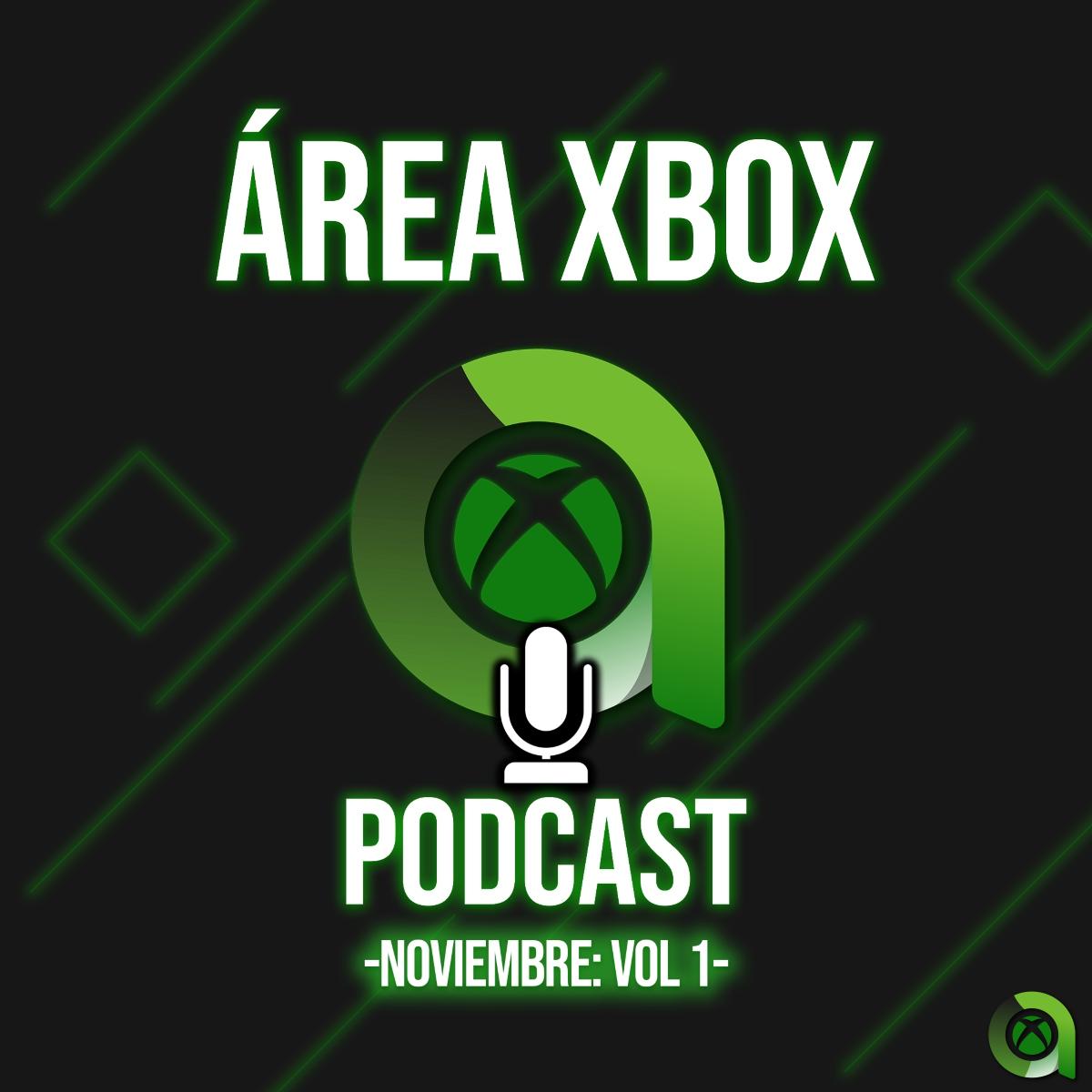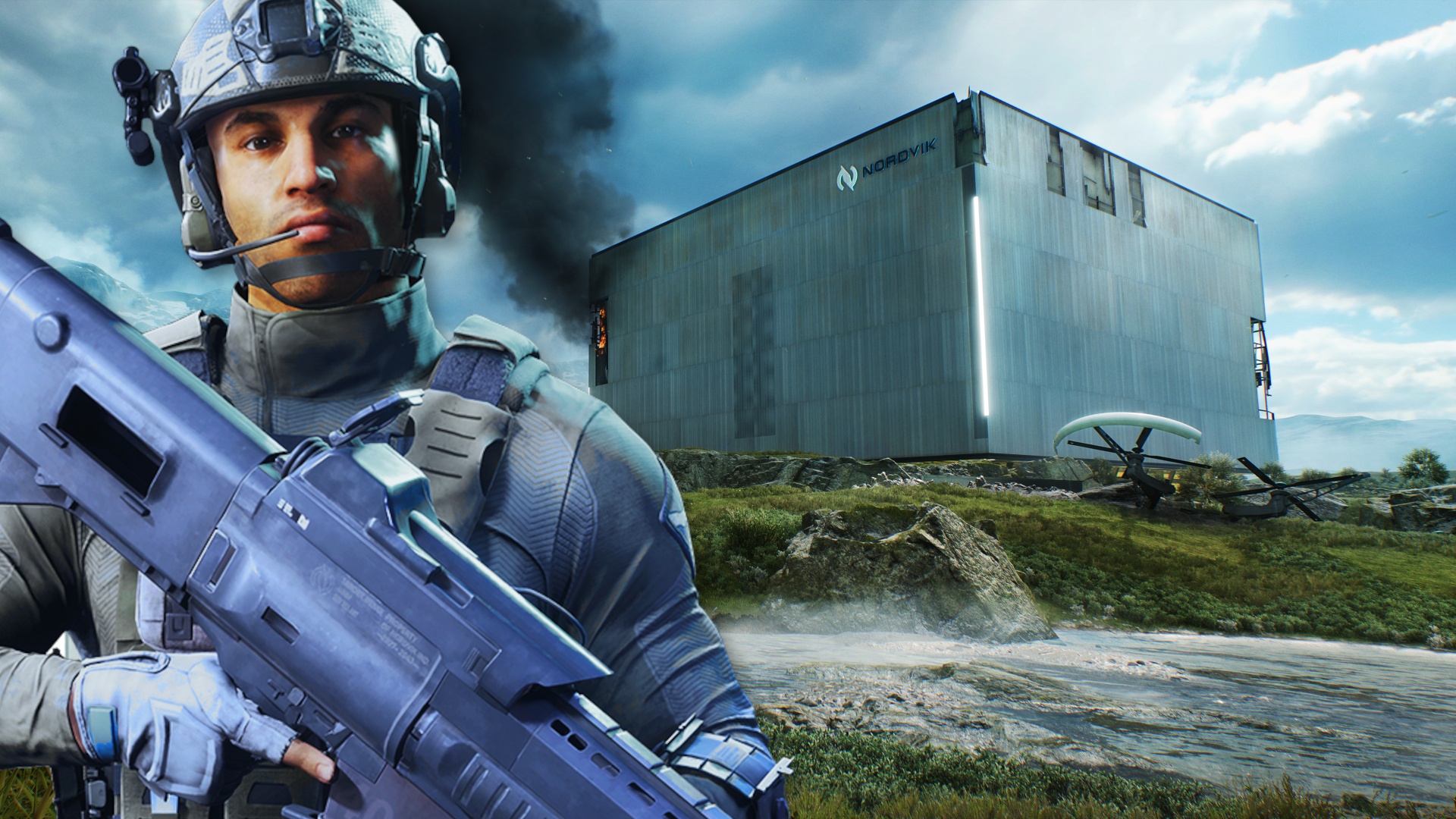November 10, 2020. Xbox Series X|S officially launched. A new generation of consoles that for the first time embeds an SSD in the machines to provide storage. Thanks to them, we are entitled to one of the biggest improvements to the gaming experience: la Xbox Velocity Architecture (XVA). With that comes the promise of drastically reduced load times and high performance, even improved on backward compatible titles. However, even two years after the release of the Xbox Series X|S, the opportunities to benefit from it are still very limited.

The SSD as the cornerstone of the console
At the launch of the Xbox Series X|S, a very large catalog of games was available. Aside from machine-exclusive titles, four generations of games are offered through backwards compatibility. In addition to Game Pass, which continues to grow month after month, the question of storage space quickly arose for Microsoft teams.
To answer that, Xbox turned to a custom NVME SSD, which is the cornerstone of the XVA. The speeds are 40 times faster than the Xbox One generation, guaranteeing constant performance regardless of the temperature to which it rises.
A few weeks before launch the Xbox Wire publishes an article Learn how internal storage works and how to expand the console’s capacity. A solution is proposed that exploits all the innovations of this matrix and fruit of a partnership with Seagate: the expansion card. Offers the opportunity to benefit from the same advantages as the console’s internal SSD, it is currently the only way to play Xbox Series X|S optimized games from external storage.
[…] We worked with Seagate on a custom 1TB storage expansion card designed using the Xbox Velocity Architecture API to deliver the same consistent, sustained performance of our internal SSD. Additionally, backward-compatible games played directly from the storage expansion card will see significant improvements in load times thanks to the power of the next-gen Xbox Series X|S.
Jason Ronald, Director of Program Management
A proprietary solution at a high price
If the Seagate expansion card alternative is welcome, it comes at the price of high tariff positioning. In fact, it is offered at $249 and is not suitable for all budgets. Even more so if we compare it to the Xbox Series S which is sold at $299. A positioning that would lead more than one player to believe that Jason Ronald must have known. Because yes, in the same article he made an important point: it would not be the only option that would be offered. Both in terms of storage capacity and format.
Xbox continues to invest in the expandable storage category on Xbox Series X|S with the goal of providing choice for Xbox fans, including future additional capacities and implementations.
In fact, since the launch of the consoles, the Seagate expansion card has come in two other models: a 512GB version and a 2TB version, the latter even having the luxury of being more expensive than an Xbox Series X! However, the second half of Ronald’s answer is yet to come. Actually two after the release of the consoles, not the shadow of a competing model that uses console features like Seagate. Especially since it is difficult to know where the problem is coming from. Is this a restriction by Xbox on opening up access to its XVA to third-party device manufacturers, or is it a clause in the commercial agreement of the partnership with Seagate that prevents the release of other solutions for a certain period of time?

An approach that goes against Xbox strategy
If the pandemic argument worked initially, it’s clear that SSDs with equivalent speeds have been released since that time. The technical route seems to be ruled out. The possibility of an exclusivity clause remains. It’s understandable that the financial interest for Xbox has meandered in this way. But it also deviates greatly from what the brand has been promoting for a number of years: the choice for players to consume the medium however they want
We’re building a platform that can reach billions of gamers, on console, PC or via Xbox Cloud streaming, so anyone can play on any device and find the type of content that interests them.
Phil Spencer, CEO of Microsoft Gaming
It’s easy to understand the giant’s long-term vision. Cloud gaming will likely take over in the next decade or so. However, there are still near-horizon issues that need to be addressed, such as storage. As much as the Seattle brand was very talkative about it at launch, it has since lapsed into a sad silence. If Xbox plans to stay in the console market, the question is bound to come back to next-gen. There are currently two absolute truths about the Xbox Velocity Architecture: Quick Resume and reduced load times are one game changer and proprietary storage is a thing of the past. If Xbox is truly looking to the future, we’ll have to abandon previous methods to save time, money, and players.







